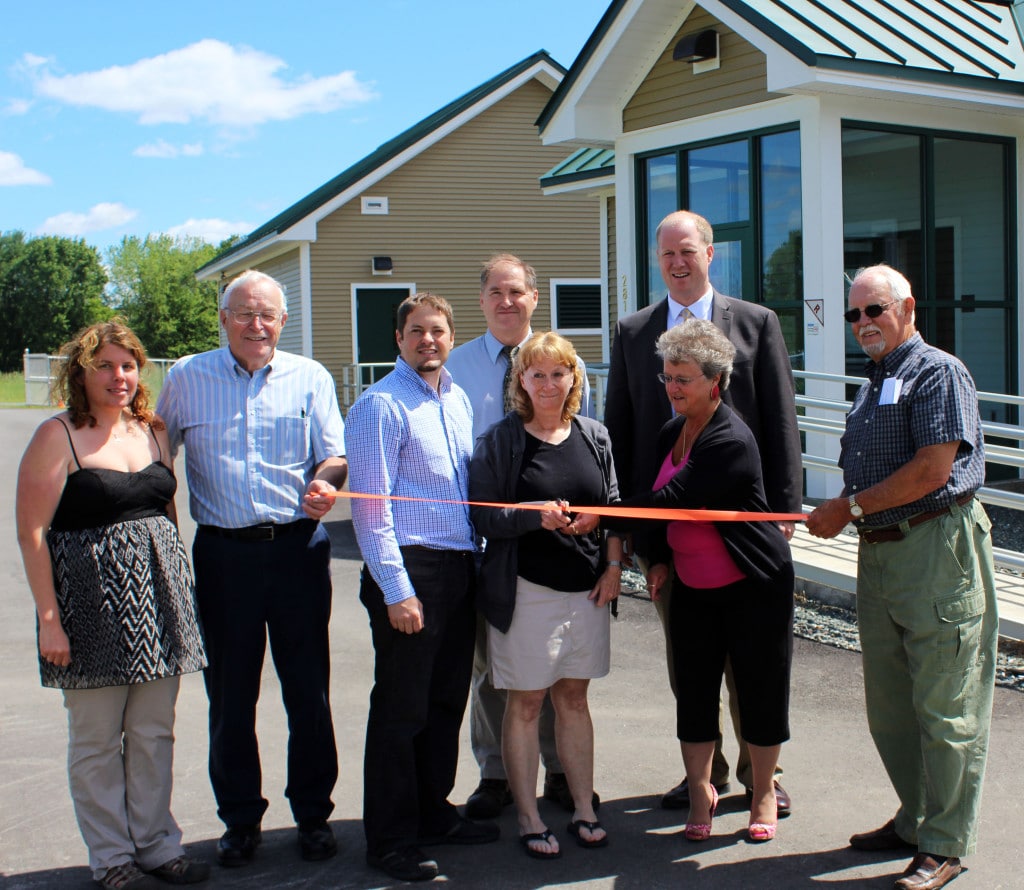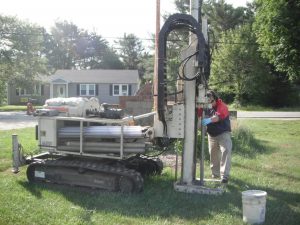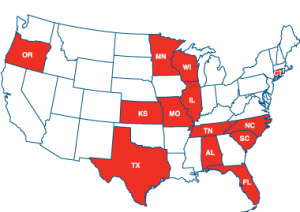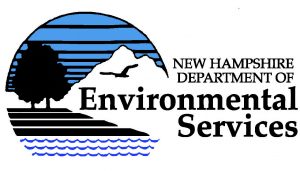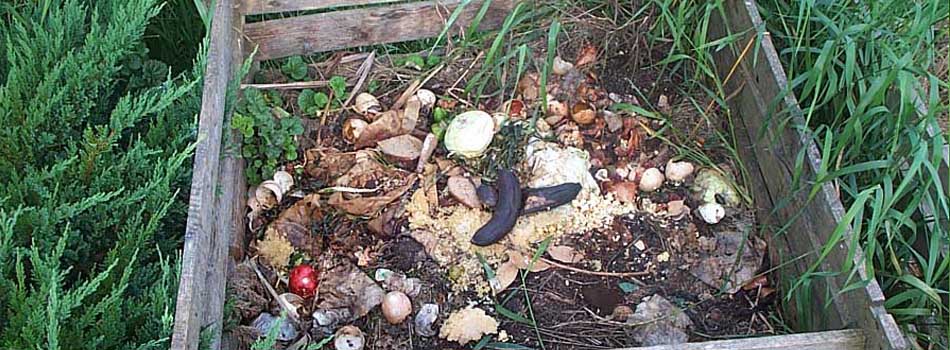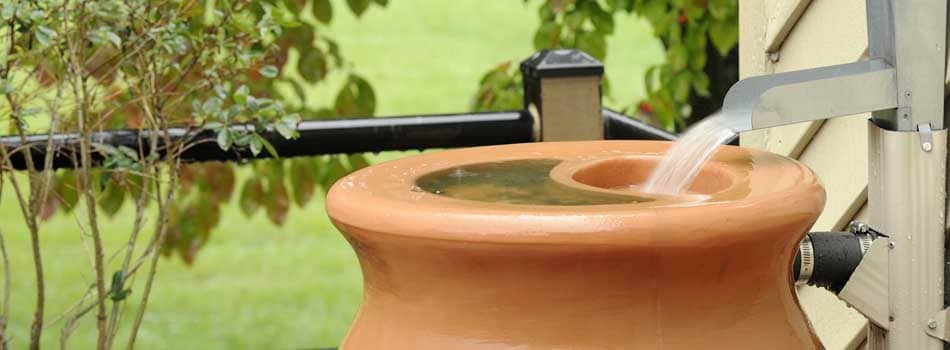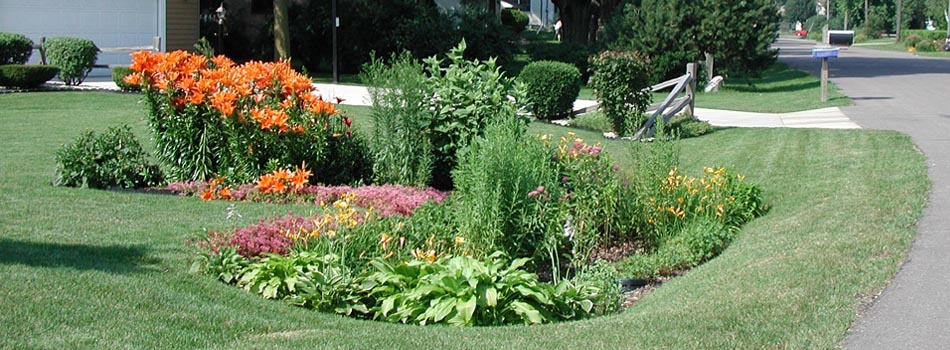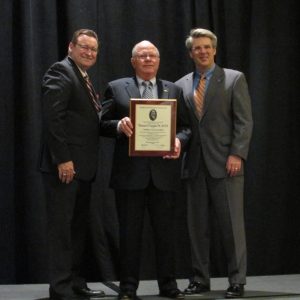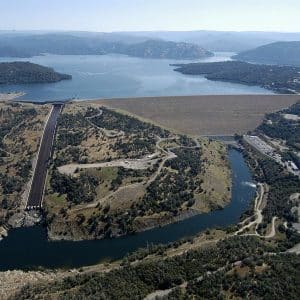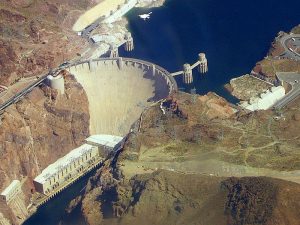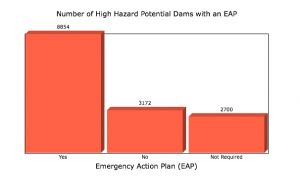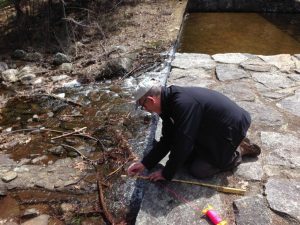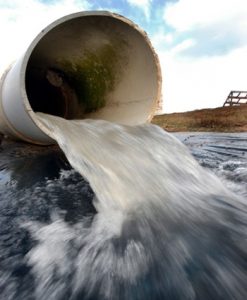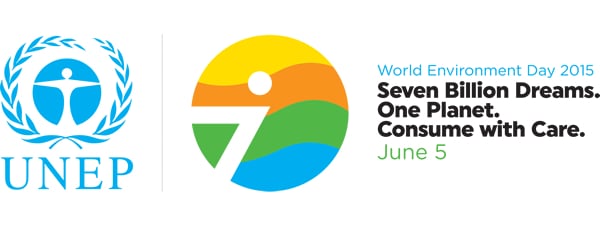Summer is here, and with it comes long, lazy days, school vacation, and, of course, family trips. When the beaches, amusement parks, and movie theaters start to get stale, why not take a water or wastewater field trip to explore the inner workings of our nation’s water and wastewater infrastructure? We’ve assembled five excellent water and wastewater field trips that are right here in beautiful New England. These trips provide STEM (Science, Math, Engineering, and Technology) education while also being engaging and fascinating. And these trips aren’t just for budding engineers. Half of all STEM jobs do not require a college degree and pay higher than non-STEM jobs with similar educational requirements.
Top 5 Family-Friendly Water and Wastewater Field Trips in New England
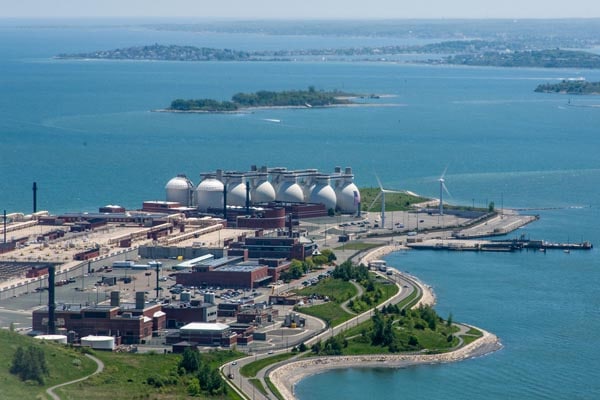
1. Deer Island Wastewater Treatment Plant, Boston, MA — Operated by the Massachusetts Water Resource Authority (MWRA)
The MWRA offers tours of its Deer Island Wastewater Treatment Plant on Tuesdays and Fridays from April through November. All tours begin at 9:30 a.m. and are open to adults and kids in grades 7+. But the treatment facility isn’t the only attraction at Deer Island. With 60 acres of natural open space, Deer Island offers plenty to do for the entire family, including five miles of public walkways and trails for strolling, jogging, sightseeing, picnicking, fishing, and cycling. There are ten landscaped overlooks with sweeping views of the Boston skyline and islands, handicapped accessible paths, and low impact development (LID) features including low-maintenance, native plant species. The public access area is open year-round, from sunrise to sunset. https://www.mwra.com/03sewer/html/sewdi_access.htm
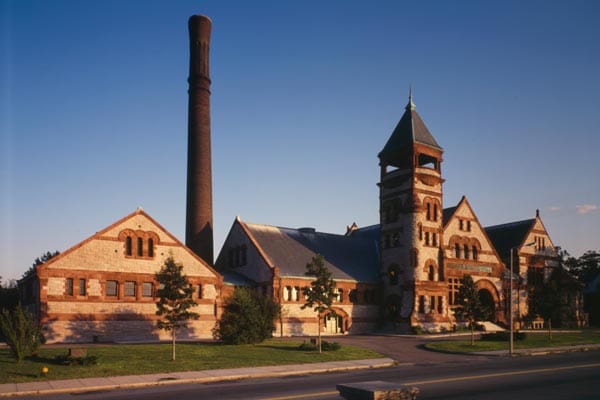
2. Waterworks Museum, Boston, MA
The Waterworks Museum is located on the site of the original Chestnut Hill reservoir and pumping station and provides regional information on clean water, health, engineers, and architecture. In addition to providing the history of waterworks in the City of Boston, the museum’s Great Engines Hall houses three historic, steam-powered pumping engines, and walking tours of the reservoir itself are available. The architecturally breathtaking museum is open Wednesday – Sunday from 11am-4pm year-round, with extended “Waterworks Wednesday” hours until 9pm from April through November. Waterworks Wednesdays feature authors, concerts, and guest speakers in addition to regular tours and learning opportunities. https://waterworksmuseum.org

3. Ben & Jerry’s, Waterbury, VT
From its humble beginnings in a warehouse in Burlington, VT, Ben & Jerry’s has grown to a highly successful global corporation. And while the company has exponentially increased in both size and reach, it has remained loyal to its local roots. So when it was determined that the waste created in their Waterbury, Vermont location would overload the local wastewater treatment facility, they instead decided to funnel it to two of their local dairies where it is processed in a methane digester along with other farm waste. The result? Enough biomass energy to power the farms. Unfortunately, tours of the methane digester are not available. But that’s OK, because Ben & Jerry’s offers tours of its ice cream manufacturing facility, and these tours include education on the dairy waste – as well as ice cream samples. https://www.benjerry.com/about-us/factory-tours
BONUS: Building on their commitment to green energy, Ben & Jerry’s is the first ice cream company in the world to power one of its manufacturing plants using its own waste. Located in Hellendoorn, Netherlands, the “Chunkinator” is a BIOPAQ®AFR Biodigester containing over 24 billion natural micro-organisms that turn the plant’s own ice cream waste and wastewater into biogas that fuels the plant. To date, the brightly-painted Chunkinator has produced enough power to make over 16 million pints of Ben & Jerry’s ice cream. So if you happen to be in the Netherlands this summer, be sure to swing by to check it out! https://brightfuture.unilever.com/stories/423955/THE-CHUNKINATOR–Turning-ice-cream-into-energy.aspx

4. Sebago Lake Water Treatment Facility, Standish, ME
Maine’s Sebago Lake Region is a popular summer destination that offers camping, fishing, boating, hiking, shopping, dining, live music, theatre, and much more, and families travel from all over the country to enjoy the region’s pristine, natural beauty. While you are there, you can add a little education into the family trip by visiting the Portland Water District’s Sebago Lake Water Treatment Facility. Tours are available on the first and third Thursdays of each month, beginning at 9:30am and lasting approximately two hours, and include both the facility and the lab. Due to the technical, complex nature presented, tours are recommended for high school age and older. Located on a 10-acre site in Standish, Maine, the state-of-the-art facility utilizes screening, ozonation, UV light treatment, chloramination, fluoridation, and corrosion control. https://www.pwd.org/tours
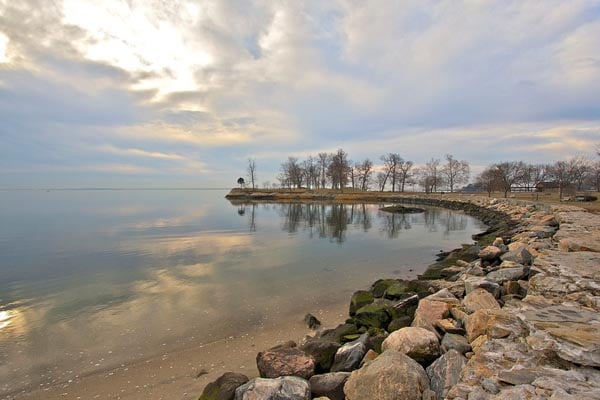
5. Stamford Water Pollution Control Authority (WCPA), Stamford, CT
The Stamford Water Pollution Control Facility processes wastewater from Stamford and Darien, CT and discharges the treated water into the Stamford Harbor. The site has been treating wastewater since 1900, with the first plant being built in 1943. Upgraded in 1976 and again in 2006, the facility is manned 24/7/365. In response to multiple requests for tours, WPCA began offering regular public tours in 2013. Held on the second Friday of each month at 12:30pm (weather permitting), the tour includes classroom education on the wastewater treatment process followed by a walking tour of the plant to see it in full operation. Total tour time is approximately one and a half hours. In addition, comprehensive student or group educational tours for all ages can be scheduled in advance for Monday through Friday between the hours of 8am and 3pm. https://www.stamfordwpca.org/public-outreach.aspx
BONUS: While visiting Stamford, families can also visit Cove Island Park, a beautiful 83-acre beach and park on Long Island Sound that offers plenty of space for walking, biking, picnicking, or swimming, or they can even catch a ferry over to New York City.
Summer in New England is simply perfect for day tripping, and the education provided by a water or wastewater treatment plant tour is invaluable. So check out one (or more) of these five water and wastewater field trips, and let us know what you think. Happy summer!

